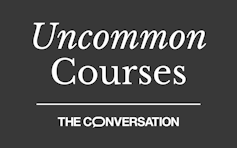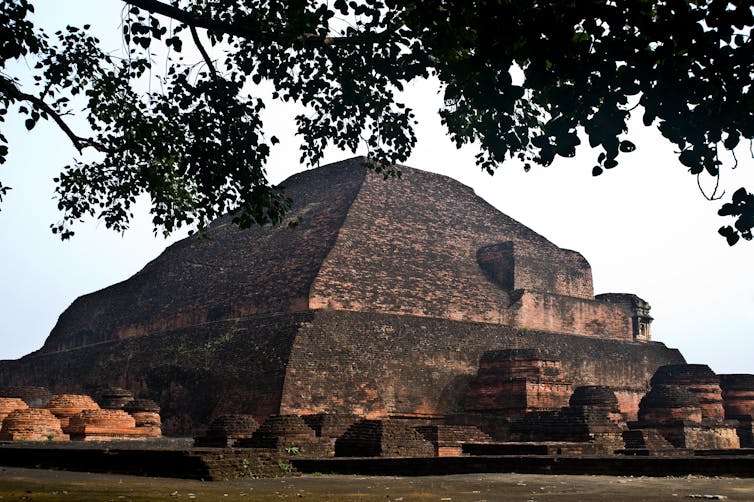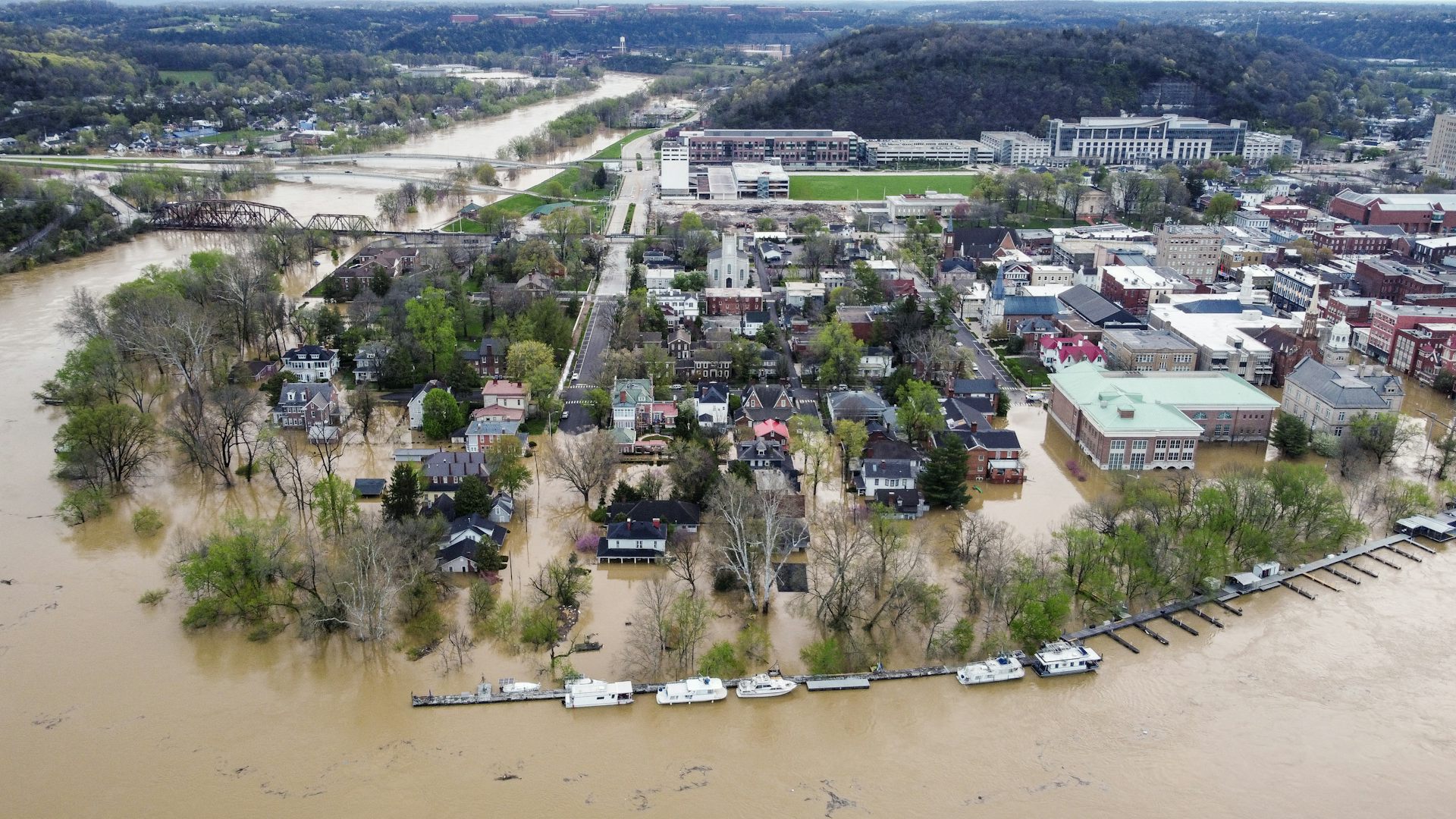Buddha’s lessons on impermanence are carved into monuments and buildings – this course explores why
In asking how Buddhism gained such a vast material presence, the course helps students understand how a religion manages to survive over time.

Uncommon Courses is an occasional series from The Conversation U.S. highlighting unconventional approaches to teaching.
Title of course:
The Archaeology of Buddhism
What prompted the idea for the course?
I adopted this course from a colleague when I took on my assistant professor position here at University of Illinois, Chicago. Over the years, the class content began to move away from the who, what, when and where of Buddhist objects and monuments and focus more on the why and how Buddhism managed to become one of the most prominent religions in Asia.
Specifically, I ask students to think about one perplexing issue: If the Buddha believed in impermanence, why are there so many images and monuments dedicated to his ideas?
What does the course explore?
This course starts with the doctrinal story of the Buddha’s life, from his early years as Prince Siddhartha Gautama to his transformation into the famed ascetic and spiritual teacher venerated during his lifetime across what is today northern India and Nepal.
We then restart the timeline to consider the material evidence used to support claims of where he was born, grew up, became enlightened and ultimately died. Answering these questions raises some very intriguing ideas, such as whether the rise of Buddhism was a response to the political, social and economic issues of the time.
Recently, archaeological research into the sites associated with the Buddha’s life has led to political feuding between India and Nepal, each seeking to claim ownership over his place of birth.
The second half of the class considers what happens after the Buddha died, and how Buddhism evolved and managed to take root within different cultures in South, East and Southeast Asia.
A key part of this section is seeing how monasteries operated and interacted with their local communities and also the impact that Buddhism had on the development of technologies that shape our world today. For example, the woodblock press was developed to copy sacred sutras in Tang China; it represents one of the first examples of mass print production in human history.
Finally, the class visits local museums to see firsthand the diversity of Buddhist objects such as commemorative stone slabs known as votive stelae created by donors to gain merit, sacred containers used to hold purported fragments of the Buddha himself, and thigh bone trumpets played in funeral rituals. Along with the beauty, variation and craftsmanship of these works, these visits raise discussions about how such items reached the U.S. and the need to consider lawful repatriation to their place of origin.
Why is this course relevant now?
Two central concepts that recur throughout this class are openness for discourse and recognizing the utility of a middle ground. Buddhism’s successful expansion beyond India was directly related to its ability to integrate with other cultures.
We look at examples of monasteries, such as Nalanda in eastern India, serving as places of discussion and dialogue between faiths. Sharing opinions and knowledge expands our understanding of humanity – past and present – and enables growth.

Learning about the Buddha’s Middle Way, a way of life that recognizes and threads the extremes of asceticism and hedonism, provides a way of living life in balance.
What’s a critical lesson from the course?
In asking how Buddhism gained such a vast material presence in the archaeological record, we need to understand how a religion manages to survive over time. Religion is important to individuals as well as societies and often becomes an important tool of state power. Countless examples from the past emphasize how kings and commoners provided for the Buddha and later monks and nuns by giving land, food and donations.
For the elites, donating funds for monasteries and monuments ramps up their own individual merit but can also serve as a way of asserting power by becoming “Buddha-like” in the eyes of the masses. This fact makes us think generally about how patronage benefits patrons today and see how politics and economics are always present in a religion.
Finally, despite the somewhat contradictory fact that thousands of ancient Buddhist monuments exist across Asia, the class also learns an undeniable fact about culture: It is both impermanent and constantly changing.
What will the course prepare students to do?
Beyond gaining an understanding of where one could go to pursue research on Buddhism’s past, students learn a vital skill to make future trips to the museum more enjoyable: being able to distinguish the meaning of seemingly identical seated and standing Buddha statues from their hand gestures alone.
In our fast-paced and overstimulated world, the ability to appreciate and understand little details and nuances in life is something we can all benefit from.
Mitch Hendrickson receives funding from National Science Foundation, ACLS Robert H.N. Ho Family Foundation Program in Buddhist Studies
Read These Next
Getting peace right: Why justice needs to be baked into ceasefire agreements – including Ukraine’s
Just war theory, a centuries-old field of ethics, deals with how and when to start conflicts. It can…
Coup contagion? A rash of African power grabs suggests copycats are taking note of others’ success
Since 2020, there have been 11 successful coups across Africa, and five thwarted attempts.
2025’s extreme weather had the jet stream’s fingerprints all over it, from flash floods to hurricane
The US had a rare year without a hurricane make landfall, but it saw too much extreme rainfall and flash…






